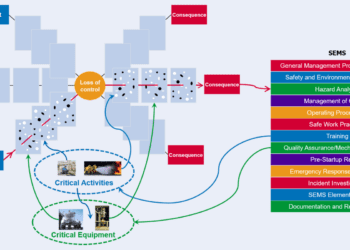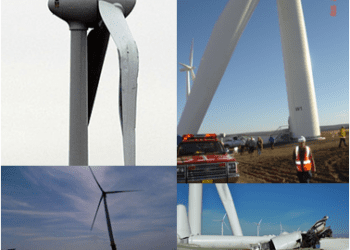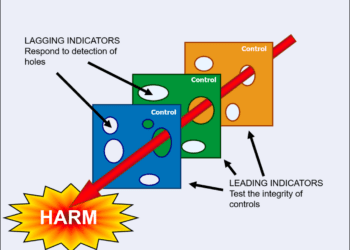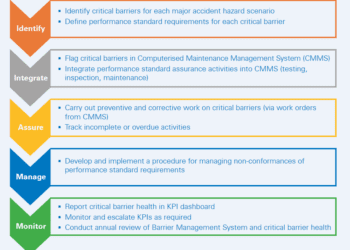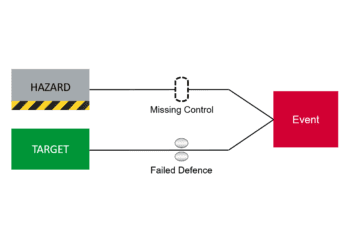The integral safety leader – thinking about the whole
Put yourself in the mind of a line manager responsible for the safety of personnel. You have been warned of many deficiencies in a part of the business, including a strong indication that a significant accident has a worryingly high potential. How do you begin to think about this problem?
It is not easy, the problem is complex. There is a great deal to think about – technology, procedures, competency and cost, just to start. Einstein once said, “You cannot solve a problem from the same thinking that created it.” But how can you learn to see the world anew? Would an ‘integral theory’ of safety leadership help?
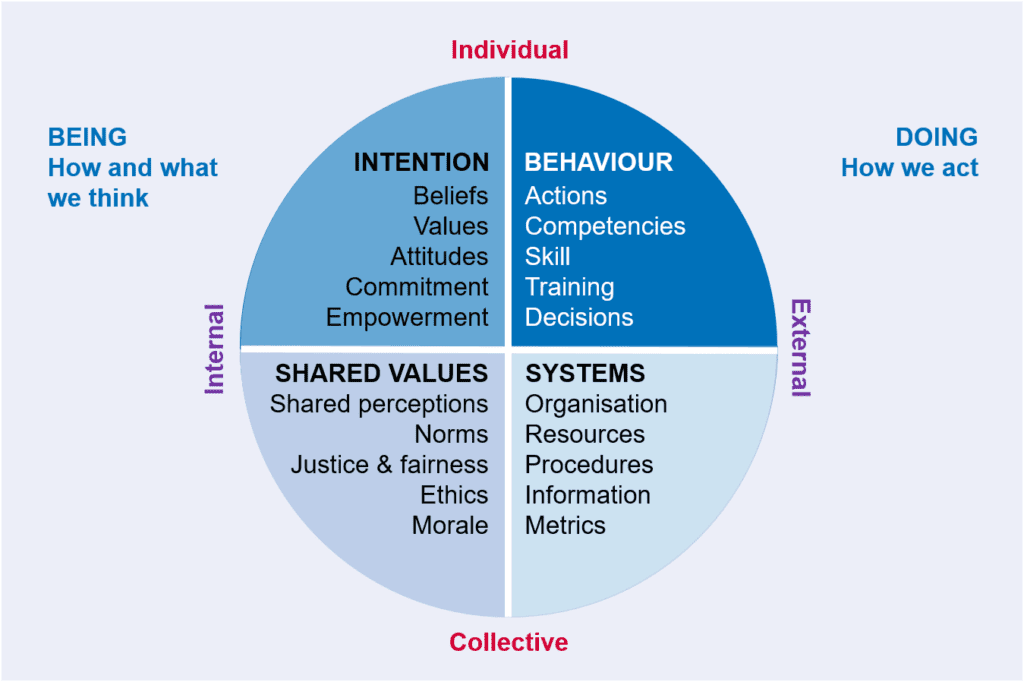
Figure 1 – An integral model for safety
INTEGRAL THEORY
Ken Wilber, an American philosopher and writer, published the Integral Theory in 1997 (Ref. 1). He asserted that each of the dozen most influential schools of consciousness, such as cognitive science, neuropsychology and eastern traditions, has something irreplaceably important to offer our understanding of consciousness. What he created was a general ‘whole’ model sophisticated enough to incorporate the essentials of each of them.
Integral simply means comprehensive, balanced and inclusive. It helps make sure that nothing gets left out. A useful theory will change perspectives, which will then lead to the implementation of new strategies, actions and behaviours. Integral theory helps those who are ready to use it. It would be a mistake to force it on anyone.
AN INTEGRAL MODEL FOR SAFETY
An integral model for safety, based on Wilber’s integral theory, focuses on the four perspectives of safety performance, or ‘quadrants’, as shown in Figure 1. The four quadrants – which are the four basic ways of looking at anything – turn out to be fairly simple: they are the inside and the outside of the individual and the collective.
The right side is the objective, outside, external view. It is observable and measurable. It is how we act, our ‘doing’. Most organisations in the high hazard industries are dominated by technical people such as engineers, scientists and accountants, and so it is not surprising that they understand this side of the model. However, they sometimes struggle to understand the left side because it is the subjective, internal view – you cannot reliably observe or measure what is in the minds of people. It is how and what we think, our ‘being’. Arguably the greatest opportunity for improvement in safety performance would appear to stem from this left side…but let’s take a closer look.
The upper right quadrant is the domain of behaviour. It is all the things that you see the individual doing or working with. Improvements in this area come from working with individuals to modify their behaviour. Having a well developed behavioural-based safety programme is crucial to success in this domain.
The lower right quadrant is the domain of systems. It includes organisational structures, procedures, formal and informal processes, metrics and rewards. A robust and effective safety management system is critical here. Change in this domain is driven by good management.
The upper left quadrant is the domain of intention, the view from the ‘interior’ of the individual, their consciousness, their self. It is the language of “I” and includes the values and commitment the individual brings to all situations. Improvements in this area come from working with individuals, through leadership and coaching. Change in this area is typically perceived as difficult and requiring time. In reality a change in intention, such as commitment to safety, can happen in an instance – the “aha” light-bulb moment.
The lower left quadrant is the domain of shared values, the view from the interior of the group. It is the language of “we” and includes the shared perceptions, norms and standards of the group. It is here we find the ethics, morale and sense of justice that is commonly held by the group. Positive change in this domain, such as creating a ‘just’ safety culture, has its origin in leadership. This quadrant is itself often labelled as ‘culture’, but a broader interpretation is that culture embodies all four quadrants – the whole.
THE INTEGRAL LEADER
Our overall safety performance will only be as good as our least developed quadrant and how well all four quadrants work together. Any solution that does not genuinely succeed across all four worlds will be inherently lacking. When the line manager we introduced earlier starts to look through the integral lens, thinking about issues in each quadrant, everything has the potential to come into focus. With focus comes clarity and with clarity comes better decisions. The intent is to be as all-inclusive and caring as possible.
CONCLUSION
Being receptive and open minded to an integral approach presents many possibilities for improvement in safety performance and, ultimately, transformation – for you and your organisation. If you feel it has some potential, just try it and see.
References
1. An Integral Theory of Consciousness, Ken Wilber, February 1997.
This article first appeared in RISKworld issue 27

